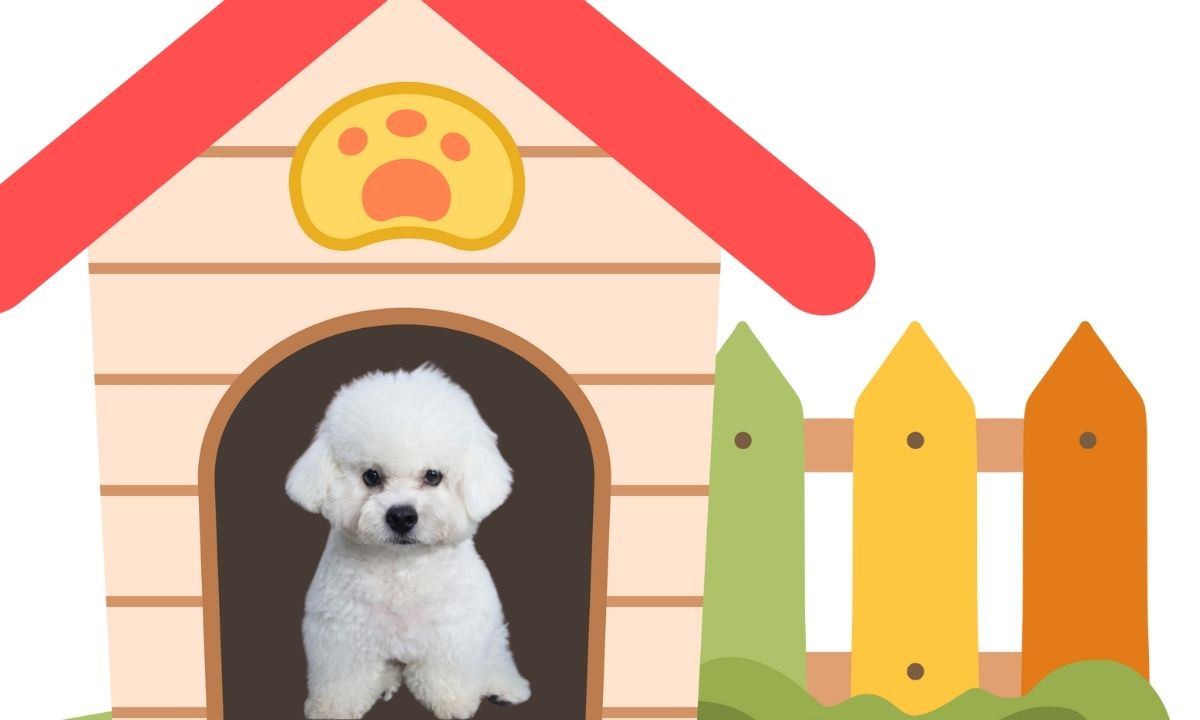Bringing home a new puppy is an exciting experience filled with joy, cuddles, and a few messy accidents along the way. One of the first and most essential tasks for every new dog owner is house training. While it might sound impossible to train a puppy to use the bathroom properly in just five days, with consistency, patience, and a clear plan, it can be done successfully. At this stage of a puppy’s life, structure and positive reinforcement are the keys to fast learning. In this article, you’ll learn how to house train your puppy quickly and effectively, helping them understand where and when to go — without stress or confusion.
Understanding Your Puppy’s Potty Needs
Before you begin training, it’s important to understand your puppy’s physical limits. Puppies have very small bladders and limited control, especially under 12 weeks old. Typically, a puppy can hold their bladder for one hour per month of age. This means an eight-week-old puppy will need to go out approximately every two hours. Expecting your puppy to hold it for long periods is unrealistic and will only lead to accidents. Understanding this helps you create a realistic, compassionate training plan that matches your puppy’s development.
Creating a Consistent Potty Routine
Consistency is the foundation of house training success. From the moment your puppy wakes up in the morning, take them to the same designated potty spot. Repeat this after meals, naps, playtime, and before bedtime. Following a predictable routine helps your puppy associate specific times and places with potty breaks. In just a few days, this consistency begins to build strong habits. Avoid changing the potty location during the early days, as it can confuse your puppy. The more predictable the process, the faster your puppy will learn.
Setting Up a Safe Space or Crate for Training
Crate training and house training often go hand in hand. Dogs naturally avoid soiling where they sleep, so using a properly sized crate helps reinforce bladder control. Choose a crate that’s just big enough for your puppy to stand, turn, and lie down comfortably. Too large a crate can encourage them to use one side for sleeping and the other for accidents. Keep the crate cozy and never use it as punishment. During the five-day training period, the crate becomes your puppy’s safe den, teaching them patience and control between potty breaks.
Recognizing the Signs Your Puppy Needs to Go
Puppies communicate through behavior long before they master obedience commands. Learning to recognize these signals can save you from accidents. Common signs include sniffing the floor, circling, whining, or suddenly stopping play. If you notice these cues, calmly take your puppy to their potty spot right away. Over time, your puppy will begin to understand that these signals mean they’re being taken outside, reinforcing good habits. Reacting quickly to their signals is one of the most effective ways to speed up house training progress.
Using Positive Reinforcement for Fast Results
Reward-based training is the most effective approach for house training success. Each time your puppy eliminates in the right spot, praise them warmly and give a small treat immediately. This positive association teaches your puppy that good things happen when they go in the right place. Avoid punishing your puppy for accidents — it only creates fear and confusion. Instead, focus on reinforcing desired behavior. By the end of the five days, your puppy will start to understand that outdoor potty breaks equal rewards, while indoor accidents yield no attention.
Managing Accidents the Right Way
Accidents are an inevitable part of house training, especially during the first few days. When they happen, stay calm and patient. Clean the area thoroughly using an enzymatic cleaner to remove any lingering odor that might attract your puppy back to the same spot. Avoid yelling or scolding, as it can make your puppy anxious and less likely to go potty in front of you next time. Remember, puppies learn through repetition and reward, not fear. A calm response and consistent redirection are the fastest paths to success.
Building Independence and Nighttime Training
House training doesn’t stop when the sun goes down. Nighttime can be tricky for new puppies since their bladder control is still developing. Before bed, take your puppy for a final potty break and guide them calmly to their crate. For very young puppies, a nighttime potty break might still be necessary. As your puppy grows, they’ll naturally begin to sleep through the night without accidents. Gradually, your puppy will associate bedtime with rest and understand that potty time happens right before and after sleep. This stage marks a major milestone in your house training journey.
Maintaining Progress Beyond the First Five Days
By the end of five consistent days, most puppies show remarkable improvement in house training. However, consistency beyond this period is essential to ensure lasting success. Continue the same feeding and potty schedule, rewarding positive behavior and staying patient with occasional setbacks. Every puppy learns at their own pace, and even after mastering the basics, reinforcement keeps their habits strong. With daily commitment, your puppy will soon transition from frequent accidents to confidently signaling when it’s time to go outside. The key is patience — trust that each day of effort builds toward a lifetime of good behavior.
Final Thoughts
House training a puppy in just five days might sound ambitious, but it’s entirely achievable with focus and consistency. Understanding your puppy’s needs, maintaining a structured schedule, and using positive reinforcement are the cornerstones of success. Avoid frustration and remember that every small victory counts. Your calm, supportive energy will guide your puppy toward success faster than any punishment ever could. By the end of this process, you’ll not only have a cleaner home but also a stronger bond with your furry companion — built on trust, communication, and love.

